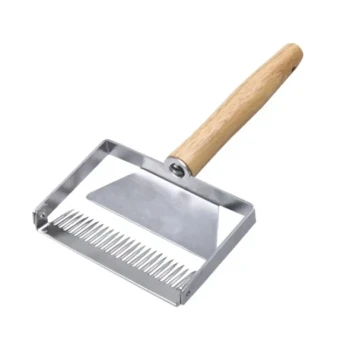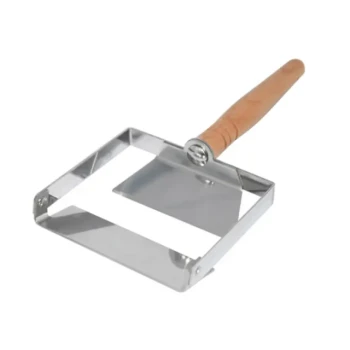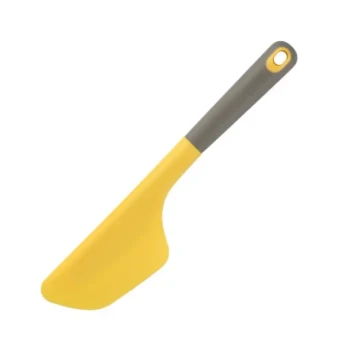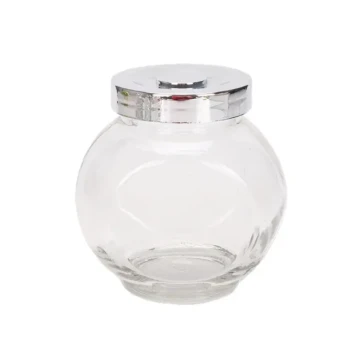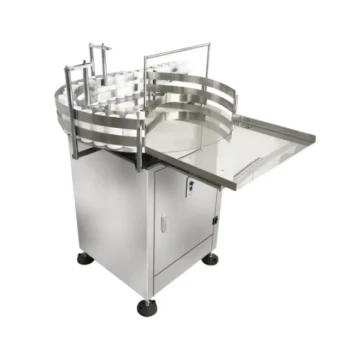Yes, you can technically harvest honey that is not capped, but doing so requires a specific extra step to avoid ruining your entire harvest. The thin wax layer, or "capping," is the bees' signal that they have fanned the nectar, reducing its moisture content to a stable level (below 18.6%). Harvesting uncapped honey means you are collecting nectar that is still "wet" and will likely ferment.
The core issue is moisture. Capped honey is cured, stable, and ready for long-term storage. Harvesting uncapped honey means you are responsible for finishing the dehydration process the bees started, or you risk the honey fermenting and spoiling.
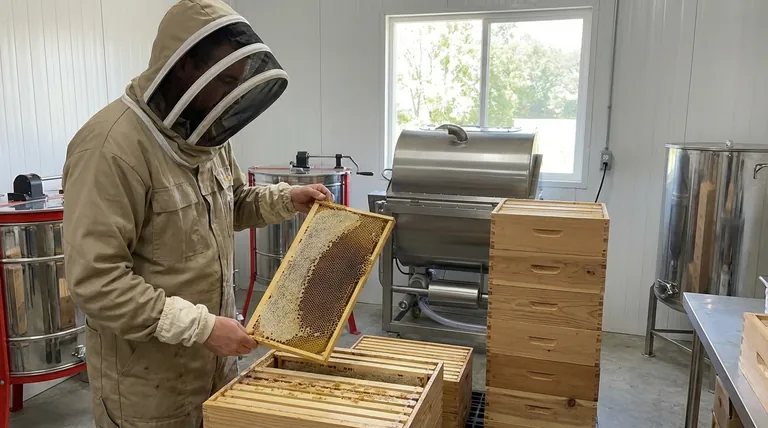
Why Capping is a Critical Signal
The Danger of High Moisture
Nectar collected by bees can have a moisture content of up to 80%. If stored this way, the natural yeasts present would quickly begin to ferment the sugars, turning it into a sour, bubbly mess.
The Bees' Curing Process
Worker bees deposit nectar into honeycomb cells and then actively fan their wings over it. This airflow evaporates the excess water. Once the moisture level drops below about 18.6%, the honey is considered "cured" and will not spoil. At this point, the bees seal the cell with a fresh wax cap.
The Standard Process for Harvesting Honey
Step 1: Uncapping the Frames
Uncapping is the process of removing that protective wax layer from the honeycomb cells. This must be done before the honey can be extracted, as the wax acts as a waterproof seal.
Step 2: Using Uncapping Tools
Beekeepers use several tools for this task. The choice often comes down to preference and scale.
- Hot Knives: These are electric heated knives that melt through the wax cappings for a quick, smooth removal.
- Cold Knives: These are sharp, often serrated, knives that physically cut the cappings off. Dipping them in hot water can make the process easier.
- Other Tools: Pull uncappers, slicers, and rollers are also used to pierce or remove the cappings.
Step 3: Extracting the Honey
Once uncapped, the frames are placed inside a honey extractor. This device, either manual or electric, uses centrifugal force to spin the honey out of the cells while leaving the delicate wax comb intact for the bees to reuse.
Handling Uncapped Honey: The Exception to the Rule
The Risk You Must Manage
If you harvest frames with significant patches of uncapped honey, you are taking on the final, critical job of the bees: dehydration. Failure to properly lower the moisture content will lead to fermentation.
The Small-Scale Solution
For a hobbyist beekeeper, it is possible to finish the curing process. You can create a small, airtight drying room (like a closet or small bathroom).
- Stack your honey supers with the uncapped frames inside.
- Use blocks (like two-by-fours) to create airspace under the bottom box.
- Place a dehumidifier and a fan in the room to circulate dry air through the frames.
- This process may take a day or more, but it will slowly reduce the honey's moisture content to a safe level.
Making the Right Choice for Your Harvest
- If your primary focus is high-quality, stable honey: Wait until at least 80% of the cells on a frame are capped before considering it ready for harvest.
- If circumstances force an early harvest with uncapped cells: You must commit to properly drying the honey with a dehumidifier to prevent it from spoiling.
Patience is the beekeeper's greatest asset, and waiting for the bees to cap the honey is the surest path to a perfect harvest.
Summary Table:
| Situation | Action | Risk if Not Addressed |
|---|---|---|
| Honey is Capped (Recommended) | Harvest normally. Honey is stable. | Minimal risk of spoilage. |
| Honey is Uncapped | Must use a dehumidifier & fan to dry honey before extraction. | High risk of fermentation. |
Ensure every harvest is a success with professional-grade equipment from HONESTBEE.
Harvesting uncapped honey is a delicate process that requires precise control over moisture levels. For commercial apiaries and beekeeping equipment distributors, using reliable, high-capacity equipment is non-negotiable for protecting your yield and your reputation.
HONESTBEE supplies the durable, wholesale-focused beekeeping supplies and extraction equipment you need to operate efficiently and profitably at scale. From commercial-grade dehumidifiers to high-speed extractors, our products are built to meet the rigorous demands of your business.
Contact our expert team today to discuss your specific needs and discover how our solutions can help you maximize honey quality and minimize loss.
Visual Guide
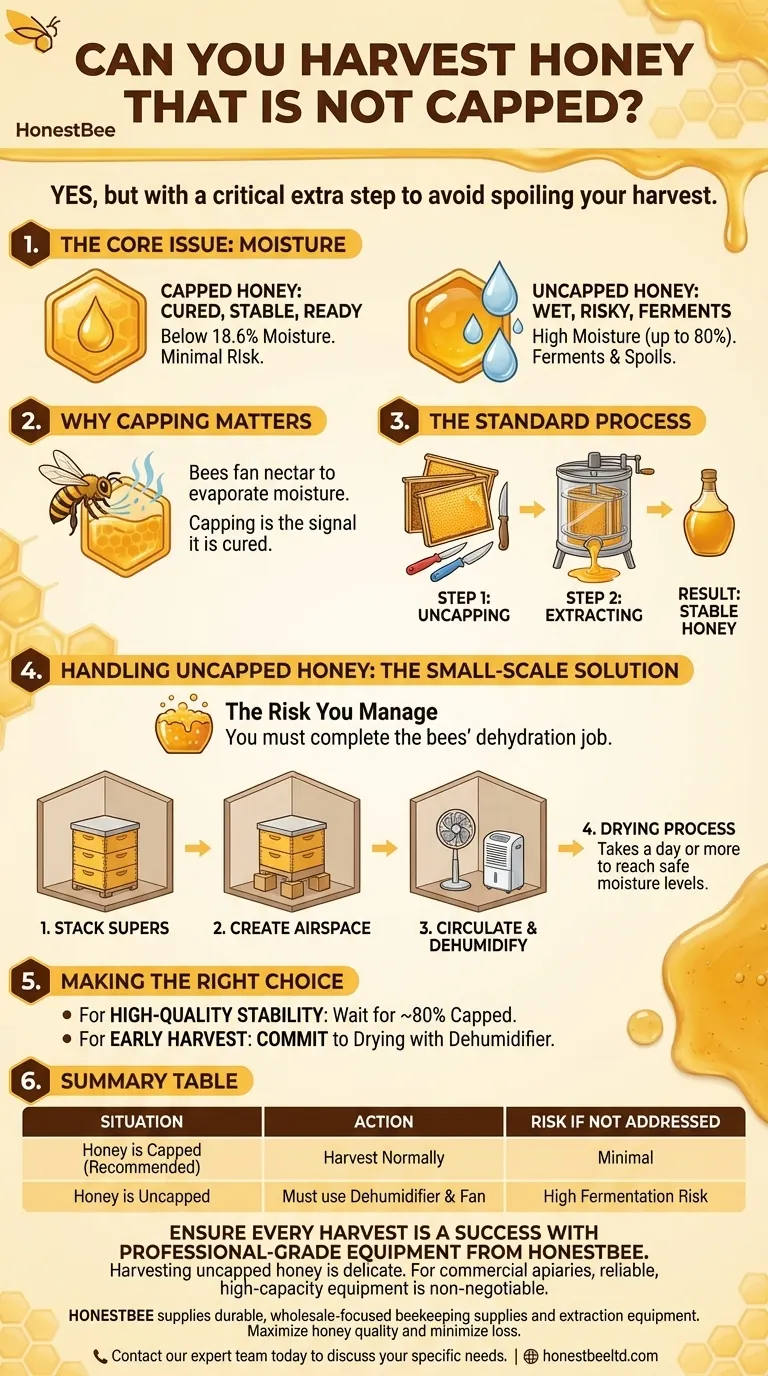
Related Products
- Economy Small Scale Honey Dryer Dehumidifier Thickening Machine
- High Quality Honey Dehumidifier Dryer Thickening Machine for Beekeeping
- 0.5T Capacity Honey Dehumidifier Dryer with Vacuum Heating and Thickening Filtering Machine
- 10L Stainless Steel Electric Honey Press Machine
- Professional Thermostatic Conical Honey Melter
People Also Ask
- What are some methods to prevent fermentation in high-moisture honey? Protect Your Honey's Quality and Value
- How much honey can a honey dryer process and by what percentage does it reduce moisture? Optimize Your Honey Production
- How to reduce moisture level in honey? Preserve Quality and Prevent Fermentation
- How can the moisture content of honey be reduced? A Guide to Safe, Effective Drying Methods
- How does a honey dryer remove moisture from honey? Achieve Perfect Honey Stability with Controlled Drying





